Gem Profile- Ruby Zoisite
This week's featured gem or rock is Ruby Zoisite. We chose this interesting stone after seeing the lovely necklace made by Cathy Whitten, our Wire Jewelry Artist of the Month.
While deciding how to begin this article, the Shakespearean quotation, "A rose by any other name would smell as sweet" came to mind more than once; what matters is what something is, not what it is called. So let me explain some terminology briefly. As a rockhound who continuously studies mineralogy and geology, it is sometimes difficult for me to term something which I would call a "rock" as a gemstone. A "rock" is a combination of two or more minerals, and a "gemstone" is what the jewelry industry calls a specific mineral. There are also many "rocks" that have been accepted as gems due to their unique appearance. Some individuals call these rocks by the unscientific label "semi-precious"; I just call them "gem-rocks." ("Semi-precious" refers to all stones excluding the traditional "precious" stones: diamond, ruby, sapphire, and emerald).
A Closeup of Cathy Whitten's Ruby Zoisite Necklace
A Closeup of Cathy Whitten's Ruby Zoisite Necklace

A very colorful material, ruby zoisite is a metamorphic gem-rock composed of at least three minerals:
Corundum, Epidote and Tschermakite (more commonly known as Hornblende). The various shades of apple green is chromiferous zoisite; the black and very dark green spots and striations are edenitic hornblende; and the lovely reddish pink is corundum (ruby). The geological name for African ruby-in-zoisite is Anyolite, from the Maasai native word for green.
Dark green Epidote Crystal Fan specimen from Peru. -Dale Armstrong, private collection.
Corundum, Epidote and Tschermakite (more commonly known as Hornblende). The various shades of apple green is chromiferous zoisite; the black and very dark green spots and striations are edenitic hornblende; and the lovely reddish pink is corundum (ruby). The geological name for African ruby-in-zoisite is Anyolite, from the Maasai native word for green.
Dark green Epidote Crystal Fan specimen from Peru. -Dale Armstrong, private collection.

Ruby Zoisite was first discovered in Austria in 1805 and was named for Baron Sigmund Zois, the naturalist who identified the mineral composition as a new find in the mineralogy world. The better known east Africa deposits were first documented in 1904 by a German military commander and scholar who collected the material named after himself, "Merkerstein." His work was never published and the location was lost. Around 1949, these "ruby-in-zoisite" deposits were rediscovered in Tanzania, mistakenly thought to be valuable for the ruby. With all three components being extremely dense metamorphic rocks, early miners found it impossible to profitably separate the ruby from the zoisite.
Although a very few gem quality rubies have been found, unshattered by its matrix, African Ruby Zoisite has gained popularity in the jewelry making industry, also known as Tanganyika Artstone. The majority of what we see on the market today comes from the Longido mine located at the foot of Mt. Kilimanjaro in Tanzania, Africa. Very plentiful, this ruby zoisite has a combined Mohs hardness of 5 to 7 and most of it takes a good polish.
Flowers carved of Ruby Zoisite from Longico Mine, Tanzania, Africa. Notice the crystal structure on the bottom left flower (upside-down). -Dale Armstrong, private collection.
Although a very few gem quality rubies have been found, unshattered by its matrix, African Ruby Zoisite has gained popularity in the jewelry making industry, also known as Tanganyika Artstone. The majority of what we see on the market today comes from the Longido mine located at the foot of Mt. Kilimanjaro in Tanzania, Africa. Very plentiful, this ruby zoisite has a combined Mohs hardness of 5 to 7 and most of it takes a good polish.
Flowers carved of Ruby Zoisite from Longico Mine, Tanzania, Africa. Notice the crystal structure on the bottom left flower (upside-down). -Dale Armstrong, private collection.

The mineral Zoisite occurs in a variety of colors that include green, brown, pink, yellow, gray, colorless and shades of blue to violet. When natural zoisite is found in its reddish brown crystal state and it is artificially heated to bring out the violet and blues, it is named Tanzanite, rather than being called blue-zoisite. (We will talk more about Tanzanite at a later date.) Zoisite formations can be found in a variety of places around the globe including, but not limited to: Africa, Austria, India, Pakistan, Switzerland and the United States.
Ruby Zoisite Pendant by Teresa McMahon
Ruby Zoisite Pendant by Teresa McMahon

Ruby zoisite is not a rare material, so there is no need to try to imitate it. However, we do need to be aware of two other gem-rocks that look similar and are often mislabeled. One similar gem-rock is from Mitchell County, North Carolina that is actually an emerald green form of Actinolite, named Smaragdite, with corundum, both red/pink and blue. Smaragdite can be difficult to polish because of the difference in the mineral hardness. The other material that is often mistaken for ruby zoisite is the subject of next week's Gemstone Profile, yet another gem-rock called Ruby Fuchsite, when I will show you comparison photos of all three materials.
Rubies and Sapphires encased in Smaragdite from Mitchell Co, NC. -Dale Armstrong, private collection
Rubies and Sapphires encased in Smaragdite from Mitchell Co, NC. -Dale Armstrong, private collection

Resources
Book Resources:
Rocks, Gems, and Mineral Collecting Sites in Western North Carolina by Rick Jacquot Jr,
ISBN-10: 1566642485, ISBN-13: 978-1566642484
Rubies & Sapphires (Fourth Edition) by Fred Ward, ISBN-10: 9781887651103, ISBN-13: 978-1887651103
Peterson Field Guide - Rocks and Minerals by Frederick H. Pough, ISBN-0-395-91096-X
Internet Resources:
www.wikipedia.org
www.geolsoc.org.uk/index.html
Book Resources:
Rocks, Gems, and Mineral Collecting Sites in Western North Carolina by Rick Jacquot Jr,
ISBN-10: 1566642485, ISBN-13: 978-1566642484
Rubies & Sapphires (Fourth Edition) by Fred Ward, ISBN-10: 9781887651103, ISBN-13: 978-1887651103
Peterson Field Guide - Rocks and Minerals by Frederick H. Pough, ISBN-0-395-91096-X
Internet Resources:
www.wikipedia.org
www.geolsoc.org.uk/index.html
Materials

Wire

Beads

Cabochons
Tools

Ultimate wire-pliers Set
G15-20
- G15-20
- Lesson Quantity: 1.00 pieces
- Purchase Quantity: 1.00 each
- Price: $99.95
- Gold Club Price: $74.96

Bench Tools
- Category: General Education
- Technique(s): General Education





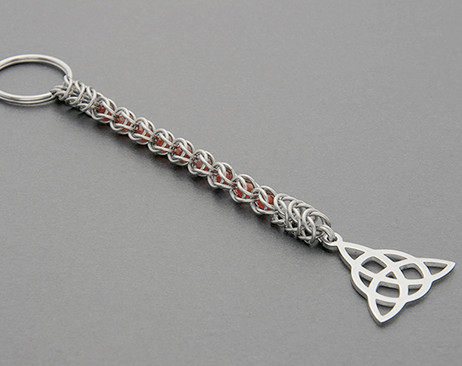
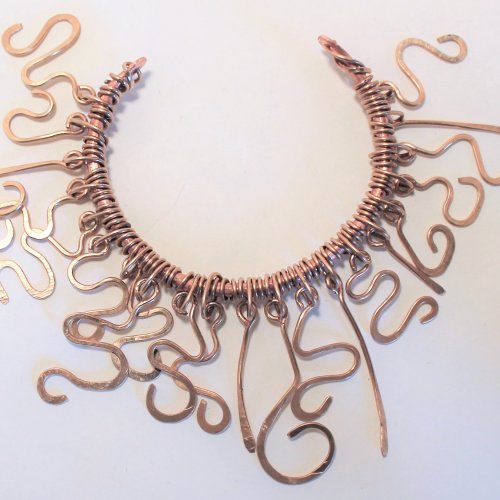


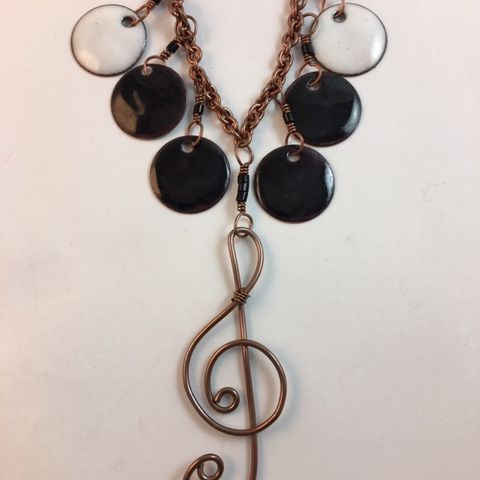
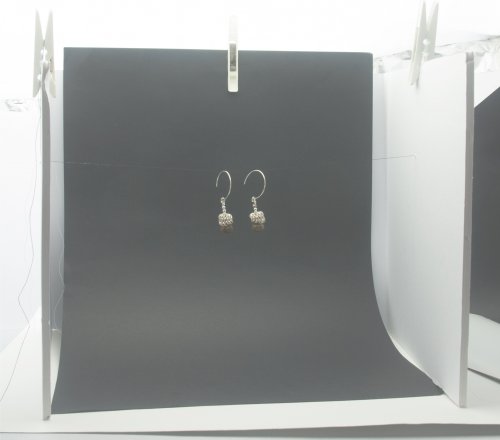

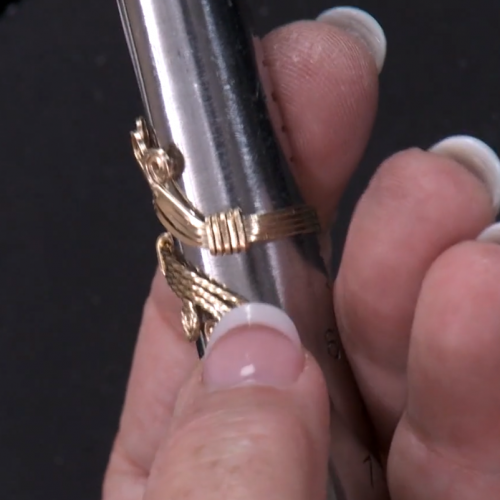

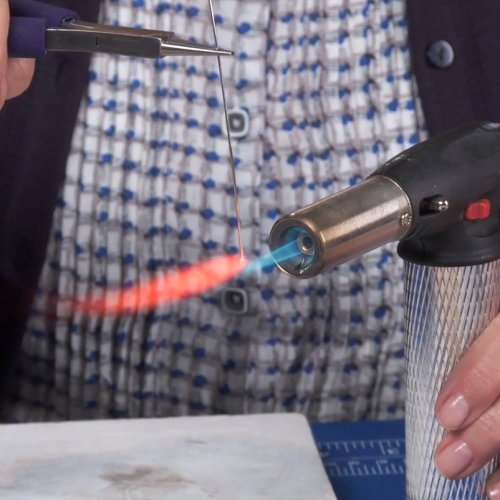

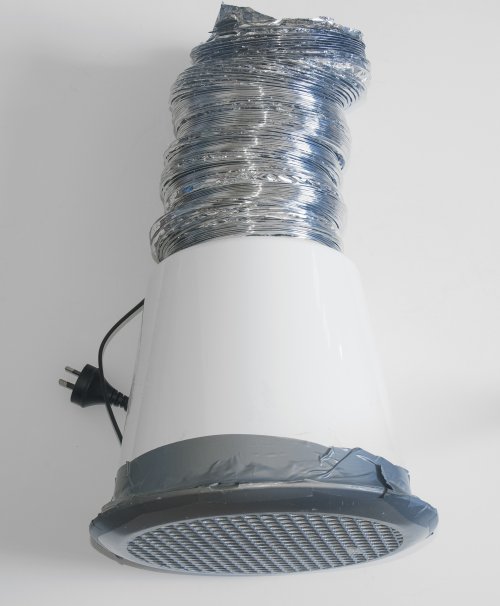
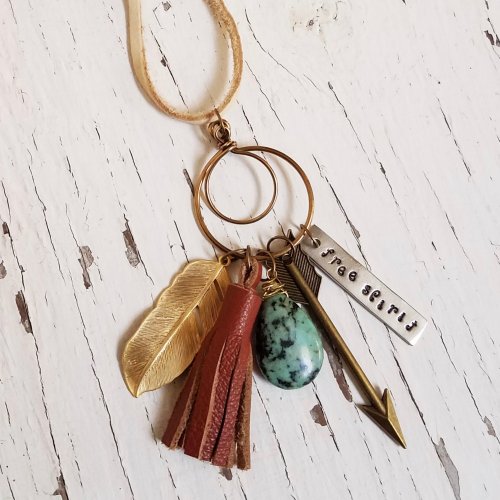
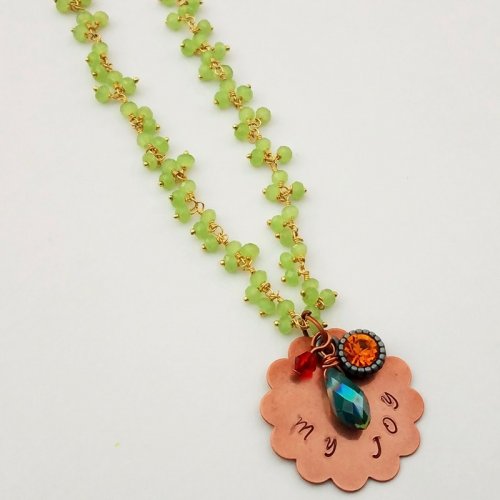
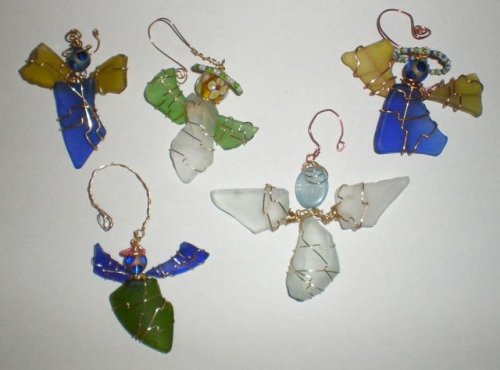
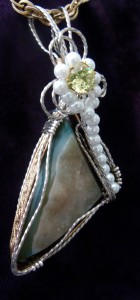
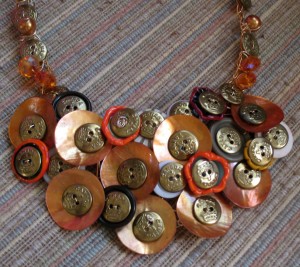
 Getting Twisted - Jewelry Making Tools
Getting Twisted - Jewelry Making Tools How to Price Your Wire Jewelry
How to Price Your Wire Jewelry How to Measure Gemstones for Settings
How to Measure Gemstones for Settings Cool Anklets are HOT
Cool Anklets are HOT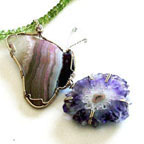 Inspiration Comes from Everywhere and Every Thing
Inspiration Comes from Everywhere and Every Thing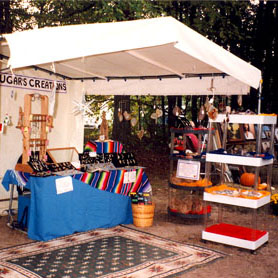 Wire Jewelry Display and Booth Ideas
Wire Jewelry Display and Booth Ideas Where to Sell Your Wire Jewelry
Where to Sell Your Wire Jewelry How to Choose Wire Temper for Making Jewelry
How to Choose Wire Temper for Making Jewelry What Gauge of Wire Should I Use to Make Jewelry
What Gauge of Wire Should I Use to Make Jewelry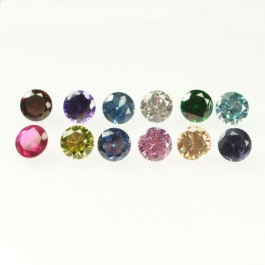 What's a Cubic Zirconia Stone
What's a Cubic Zirconia Stone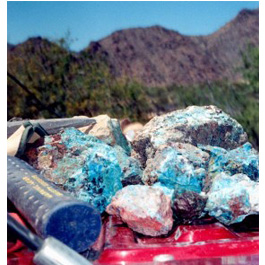 Rockhounding - A Beginner's Guide
Rockhounding - A Beginner's Guide What Shape of Wire Should I Use to Make Jewelry
What Shape of Wire Should I Use to Make Jewelry Gem Profile- Bloodstone
Gem Profile- Bloodstone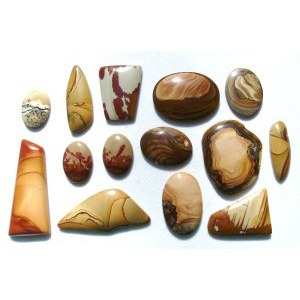 Gem Profile- Picture Jasper
Gem Profile- Picture Jasper Gem Profile- Patterned Jaspers
Gem Profile- Patterned Jaspers Gem Profile- What is Jasper
Gem Profile- What is Jasper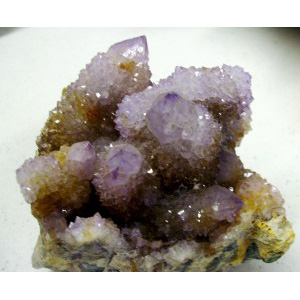 Gem Profile- Quartz Introduction
Gem Profile- Quartz Introduction Gem Profile- Wishful Turquoise
Gem Profile- Wishful Turquoise Gem Profile- Amethyst
Gem Profile- Amethyst Gem Profile- Fluorite
Gem Profile- Fluorite Gem Profile- Obsidian
Gem Profile- Obsidian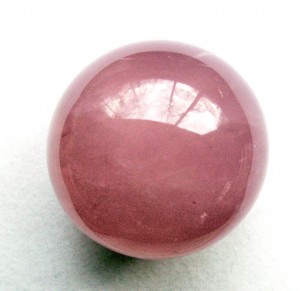 Gem Profile- Rose Quartz
Gem Profile- Rose Quartz Gem Profile- Smoky Quartz
Gem Profile- Smoky Quartz Gem Profile- Citrine and Ametrine
Gem Profile- Citrine and Ametrine Gem Profile- Labradorite
Gem Profile- Labradorite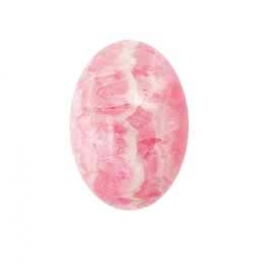 Gem Profile- Rhodochrosite
Gem Profile- Rhodochrosite Gem Profile- Moonstone
Gem Profile- Moonstone Gem Profile- Prehnite
Gem Profile- Prehnite Gem Profile- Jade
Gem Profile- Jade Gem Profile- Amazonite
Gem Profile- Amazonite Gem Profile- Corundum
Gem Profile- Corundum Gem Profile- Quartz with Inclusions Part 1
Gem Profile- Quartz with Inclusions Part 1 Gem Profile- Quartz with Inclusions Part 2
Gem Profile- Quartz with Inclusions Part 2 Gem Profile- Aventurine
Gem Profile- Aventurine Gem Profile- Macrocrystalline Quartz
Gem Profile- Macrocrystalline Quartz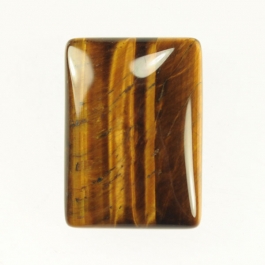 Gem Profile- Tiger Eye
Gem Profile- Tiger Eye Gem Profile- Fire Agate and Iris Agate
Gem Profile- Fire Agate and Iris Agate Gem Profile- Amber
Gem Profile- Amber Gem Profile- Ruby Fuchsite
Gem Profile- Ruby Fuchsite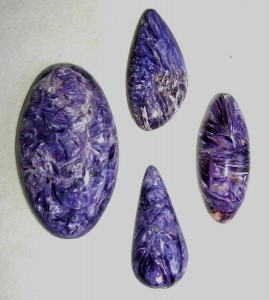 Gem Profile- Charoite
Gem Profile- Charoite Gem Profile- Moldavite
Gem Profile- Moldavite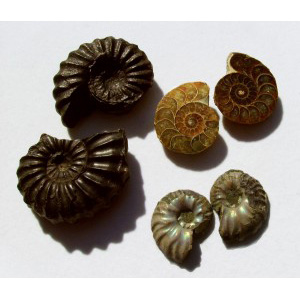 Gem Profile- Ammolite
Gem Profile- Ammolite Gem Profile- White Precious Opal
Gem Profile- White Precious Opal Gem Profile- Opalized Fossils
Gem Profile- Opalized Fossils Gem Profile- Boulder Opal
Gem Profile- Boulder Opal Gem Profile- Black Precious Opal
Gem Profile- Black Precious Opal Gem Profile- Pyrite
Gem Profile- Pyrite Gem Profile- Opal Introduction
Gem Profile- Opal Introduction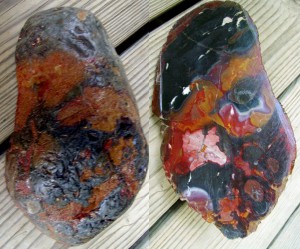 Gem Profile- Beautifully Colored Jasper
Gem Profile- Beautifully Colored Jasper Gem Profile- Common Opal
Gem Profile- Common Opal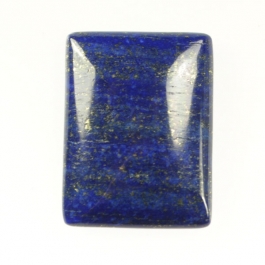 Gem Profile- Lapis Lazuli
Gem Profile- Lapis Lazuli Wire Sculpture Expert Dale -Cougar- Armstrong Interview
Wire Sculpture Expert Dale -Cougar- Armstrong Interview

